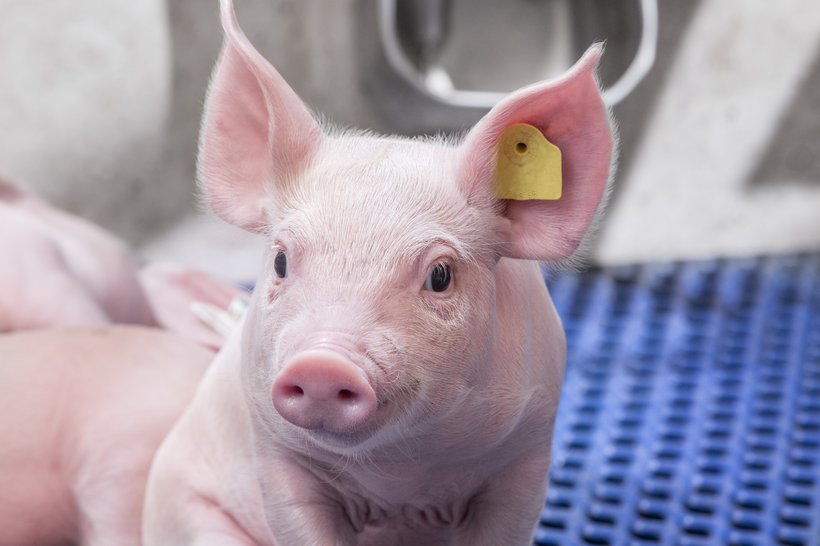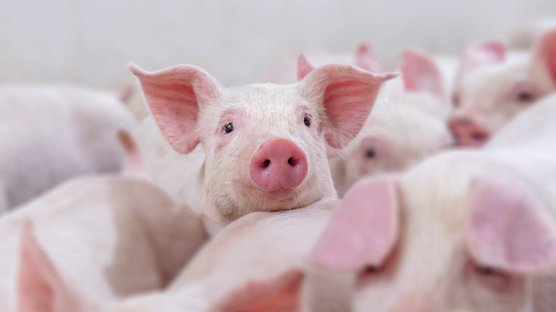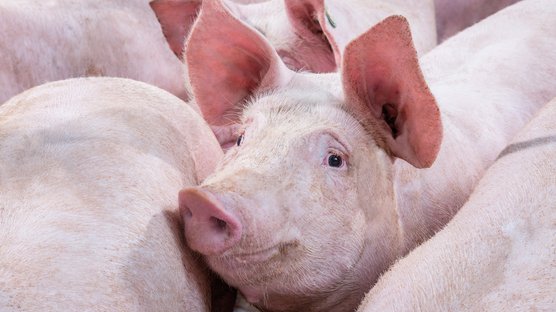
Published on Sept. 5, 2017
Animal Welfare Key to Sustainability
Hendrix Genetics believes that setting the highest possible animal welfare standards at the beginning of the chain is vitally important to contribute to a sustainable future. Today, one third of Hendrix Genetics’ breeding goals are focused on animal welfare.
To ensure that animals are treated with care and respect, Hendrix Genetics has a zero tolerance policy on animal abuse. Only trained and competent employees are permitted to handle animals. In addition, each employee is required to sign an animal welfare policy—whether or not they have direct contact with animals. Hendrix Genetics has developed an animal welfare program for each of its species that is tailored to the characteristics of the animals and the specific regulations of the sector. These standards are applied consistently across the world and exceed the standards expected by local regulations. The animal welfare procedures are continuously monitored and improved.
Hendrix Genetics has voluntarily adopted Code-EFABAR to embrace their commitment to animal welfare and to improve sustainability for the entire food chain. Code-EFABAR is designed to provide breeding organizations with a practical guide and tool to help achieve sustainable and balanced animal breeding and to deliver improved transparency for all of society.
Hendrix Genetics believes there is far more than just efficiency to consider in producing food—a sustainable future is a future that includes an established sustainability program with animal welfare as one of the building blocks. As a leader in animal genetics, Hendrix Genetics is proud to stand at the start of the food chain and embrace high animal welfare standards that will ensure a sustainable future.



